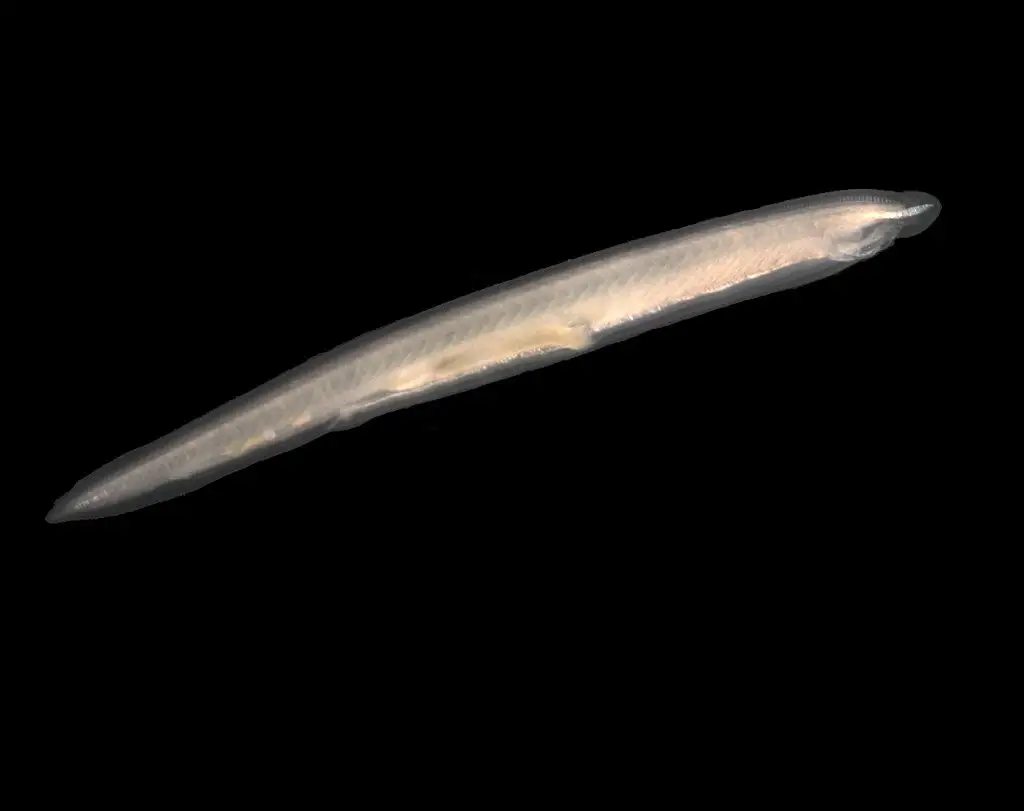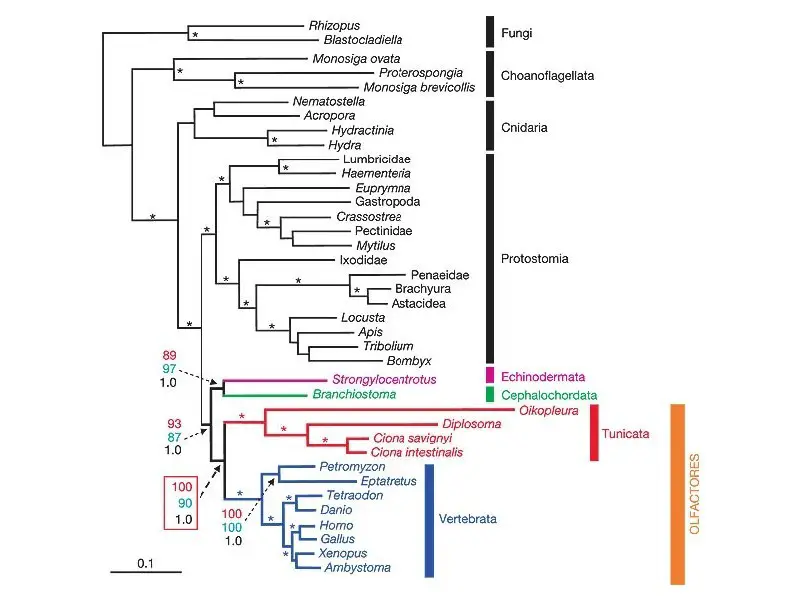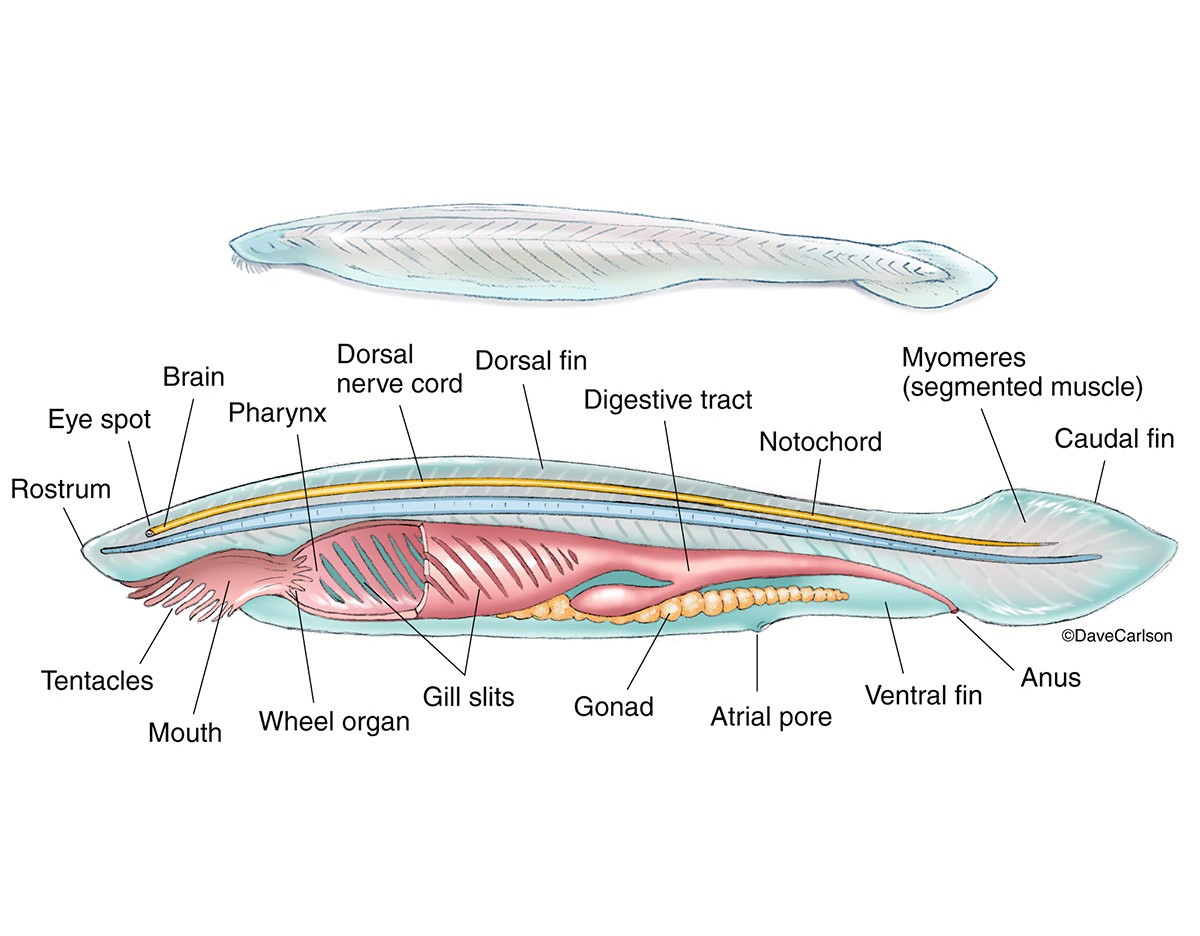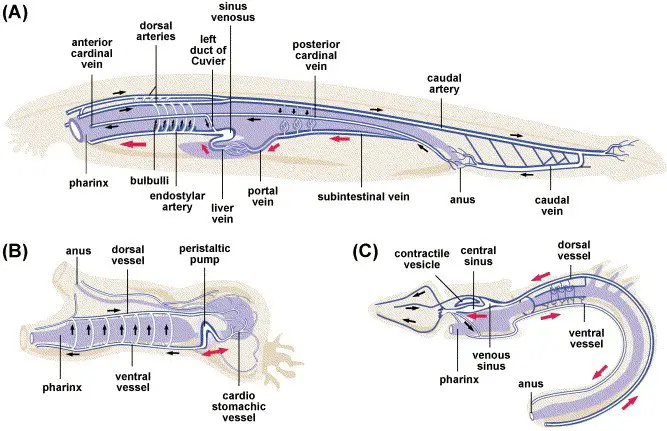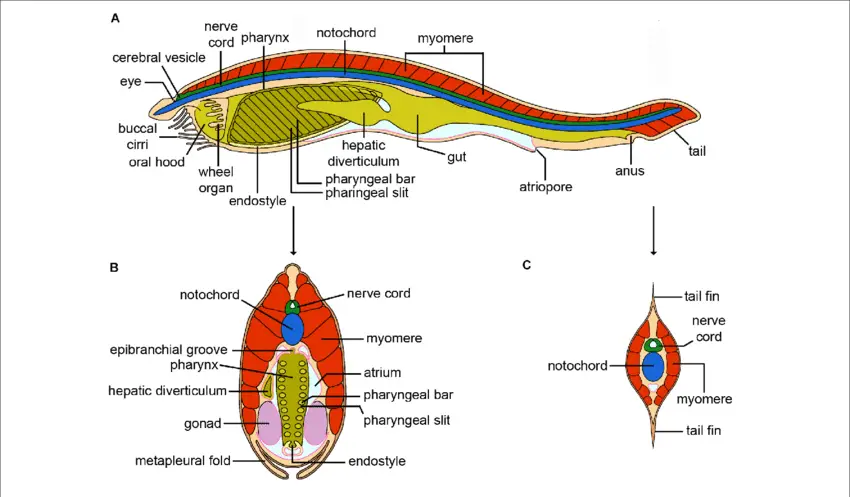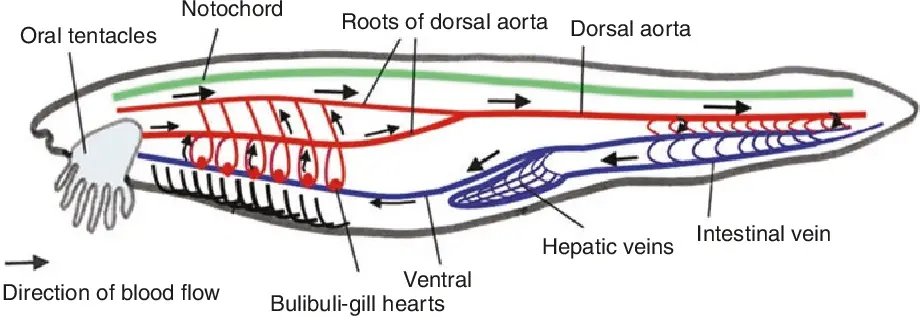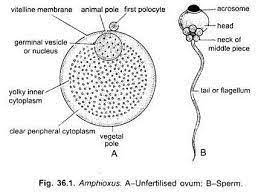General Comparison of Hemichordata Urochordata and Cephalochordata
The members of Protochordata are divided into three subphyla based on their notochord, Subphylum Cephalochordata, Subphylum Urochordata, and Subphylum Hemichordata. Habits and Habitats: Members of Hemichordata generally live inside the burrow made in sand or mud in the solitary or colonial states. Members of subphylum Urochordata may be a sedentary or free-swimming line in the … Read more
